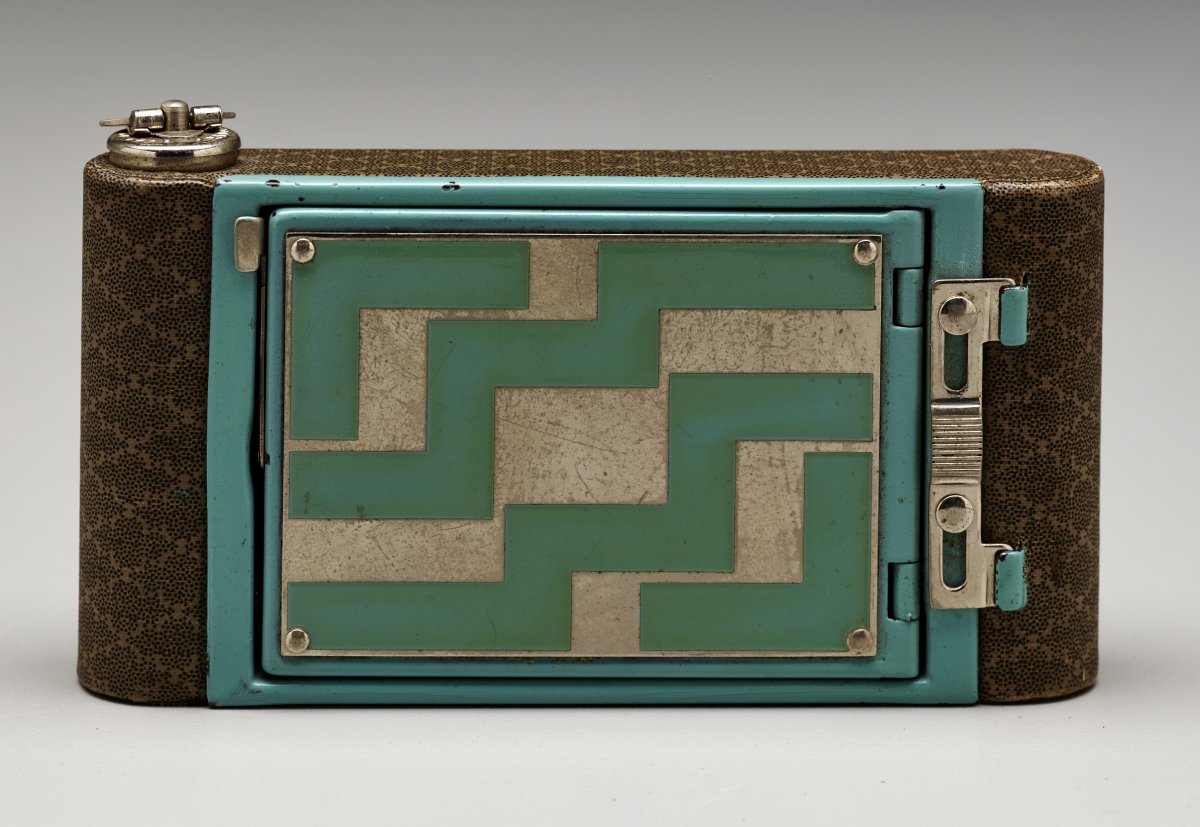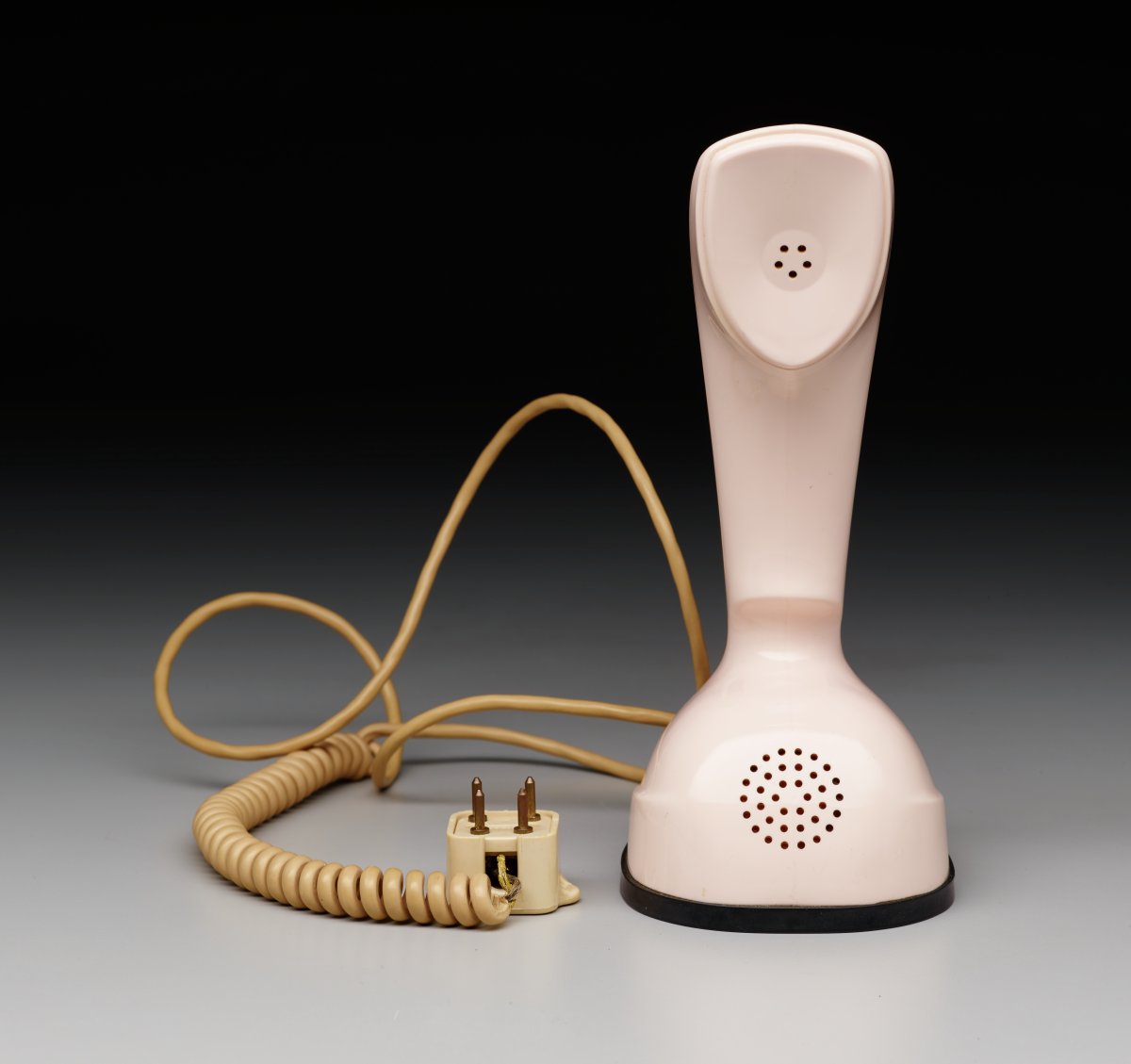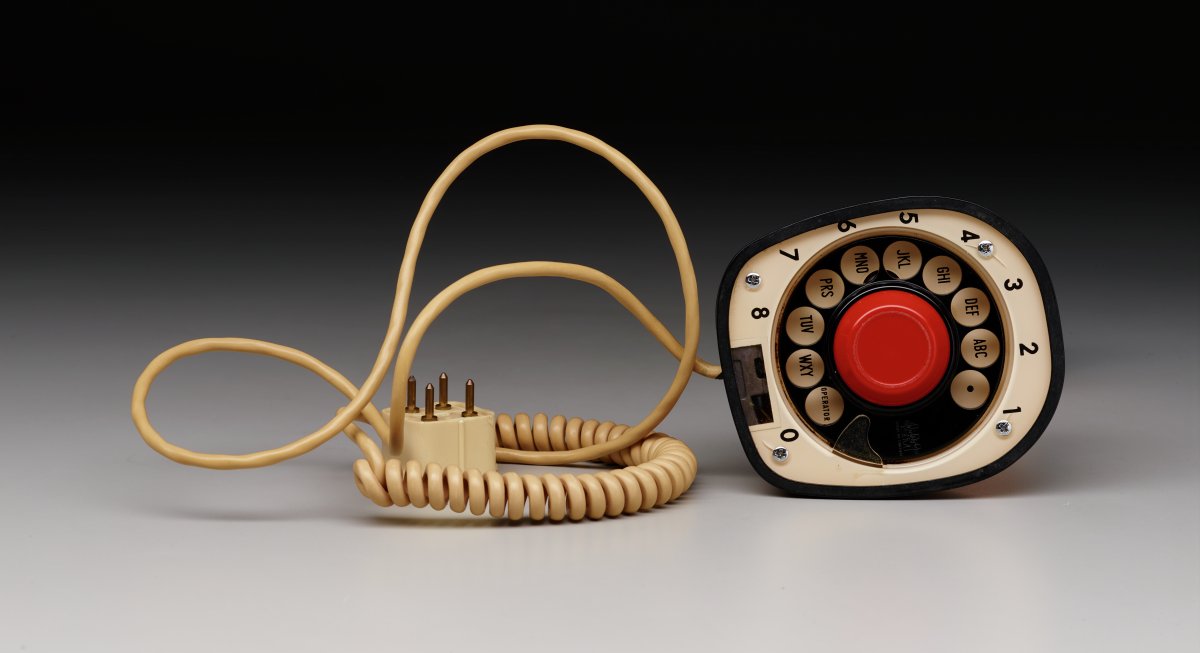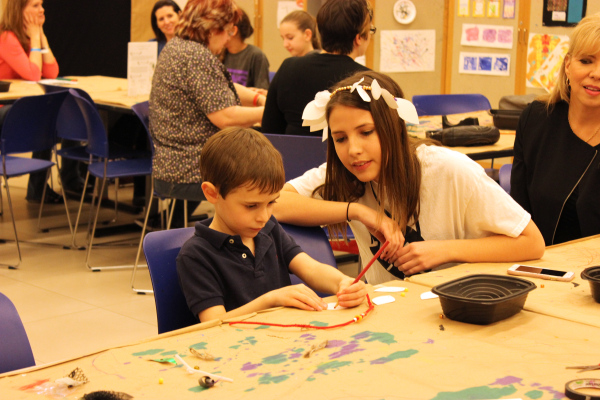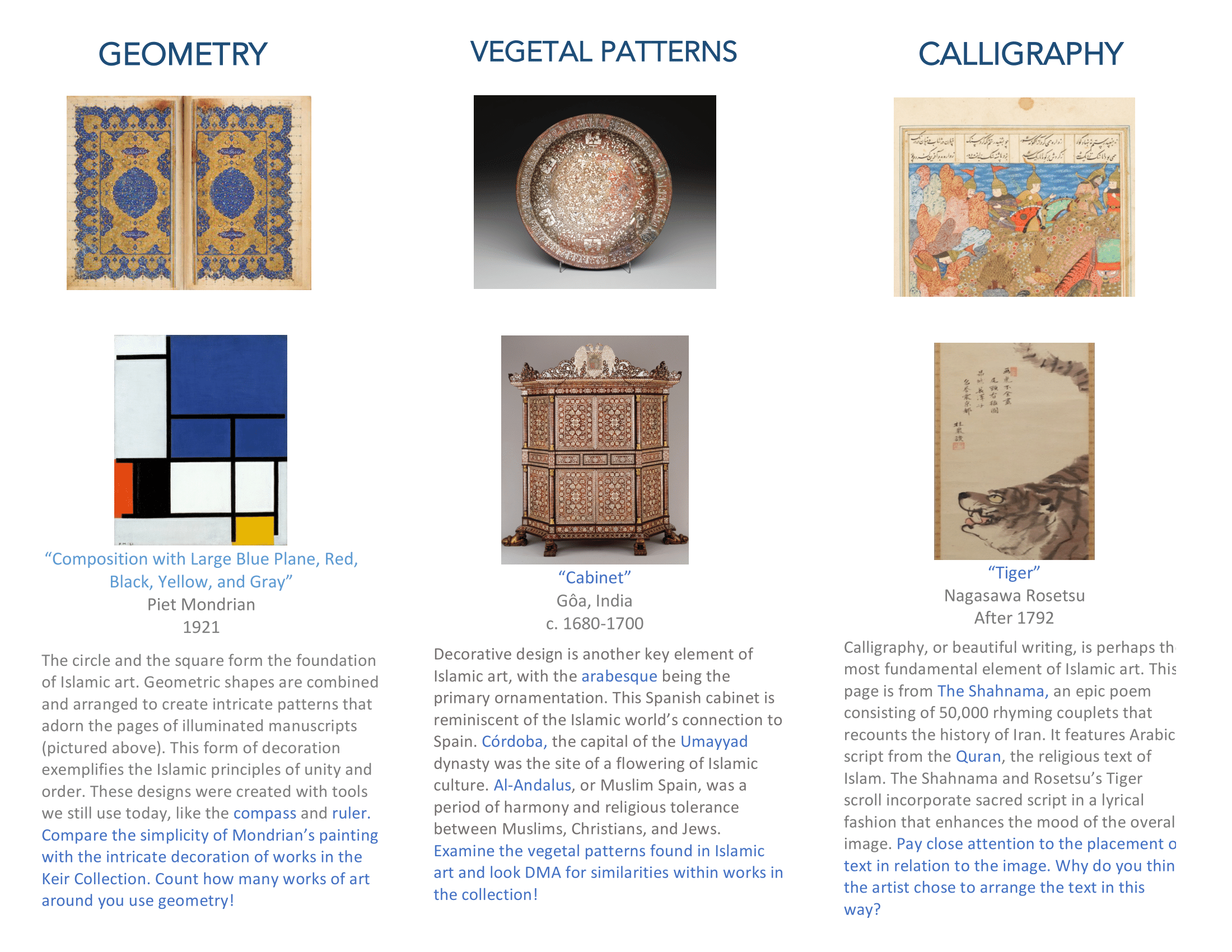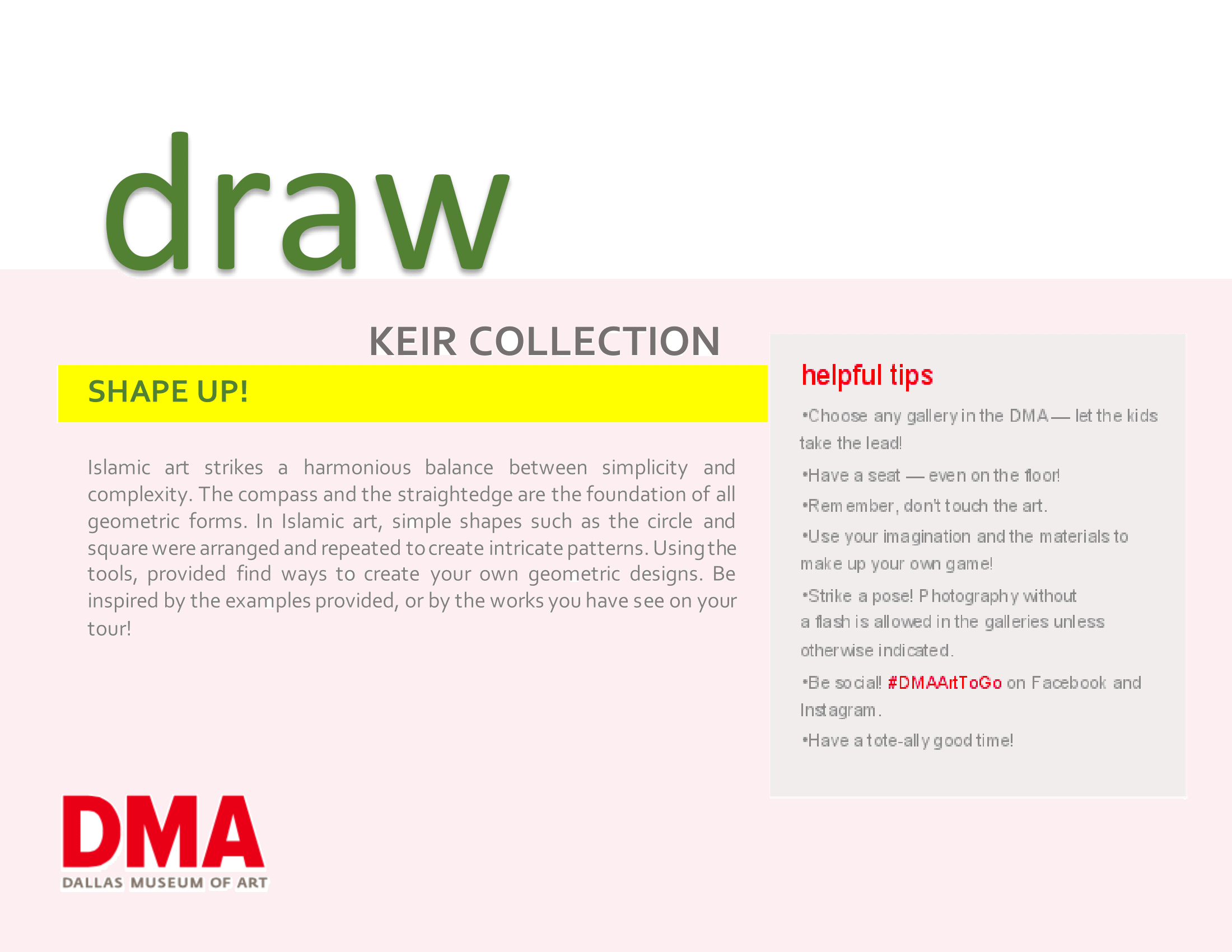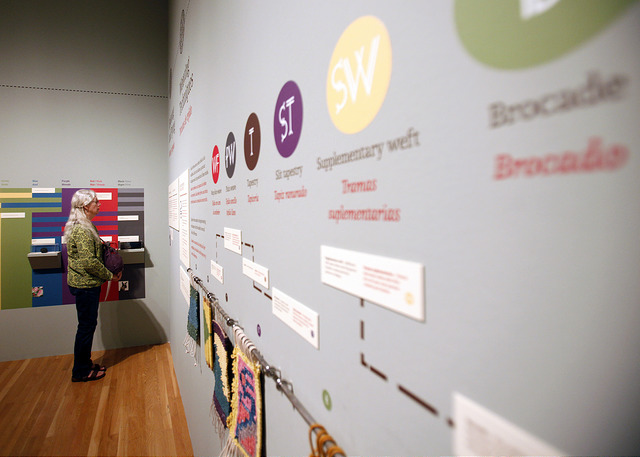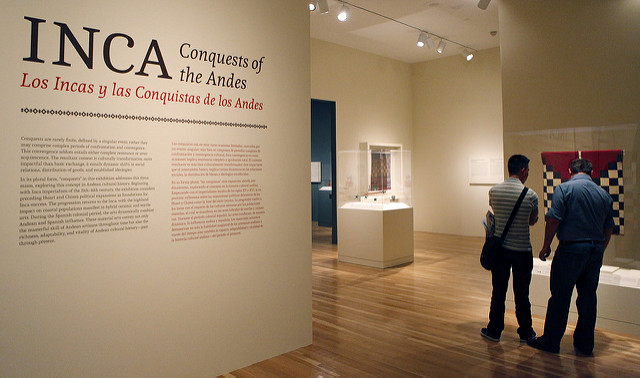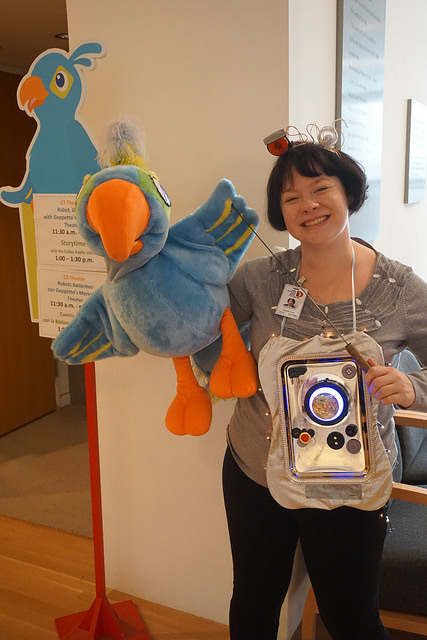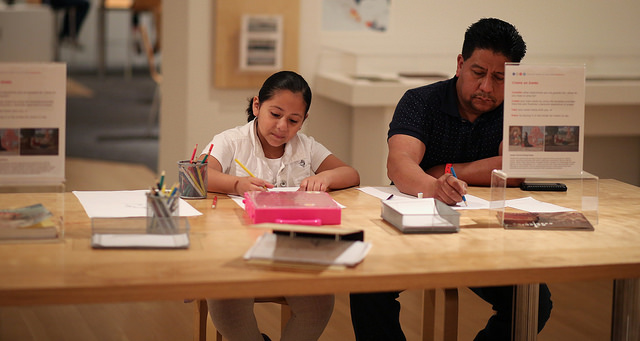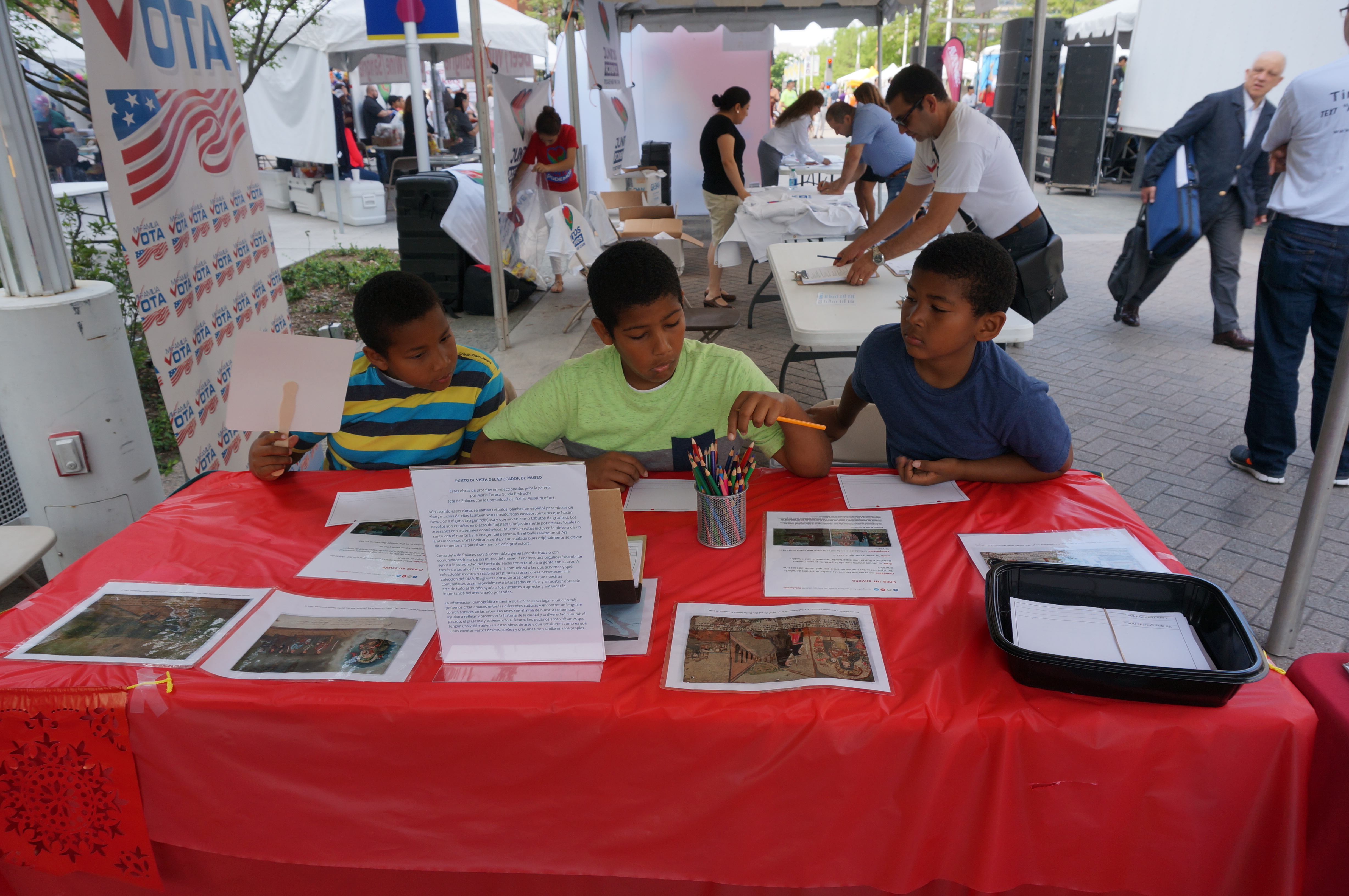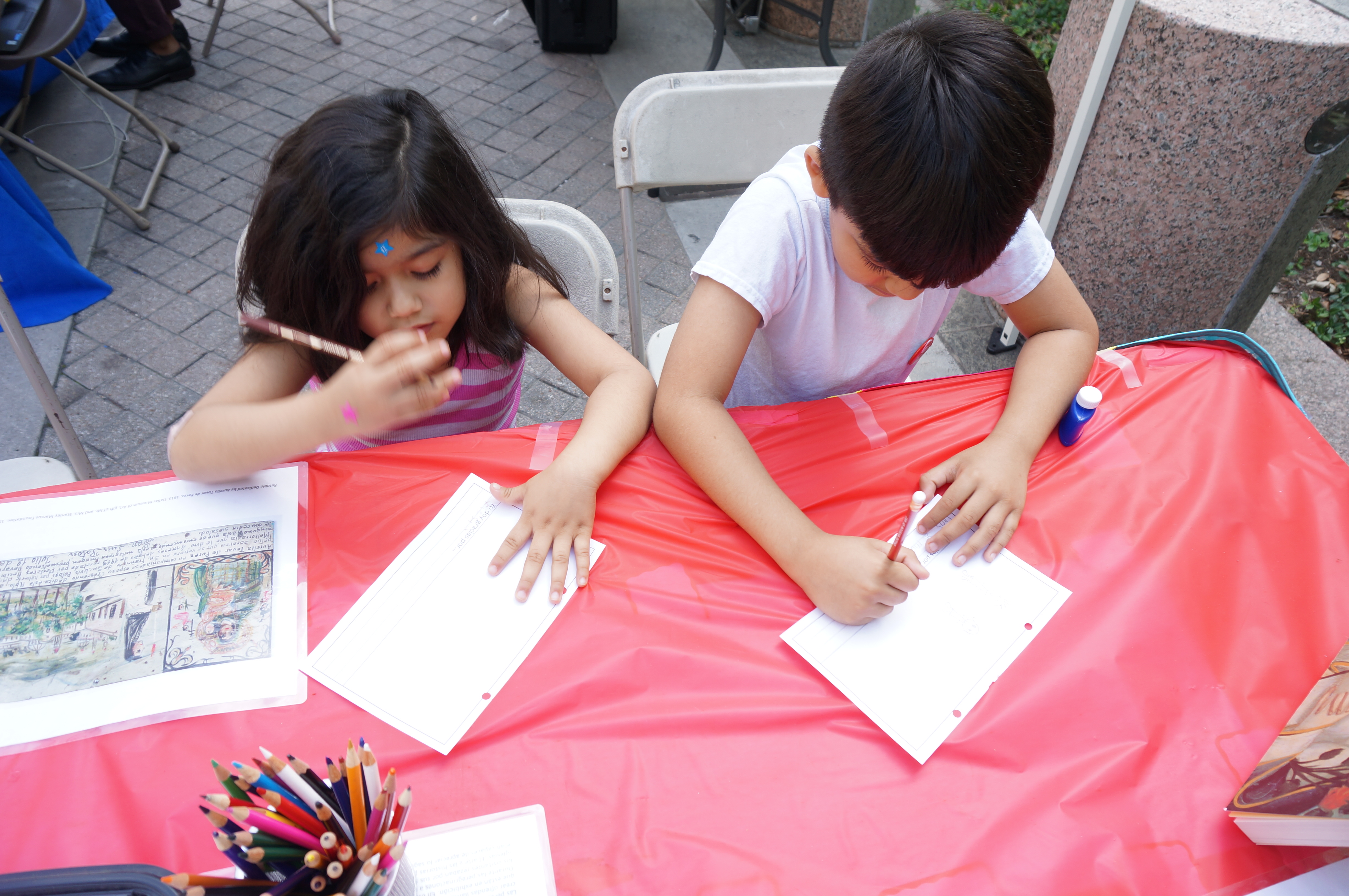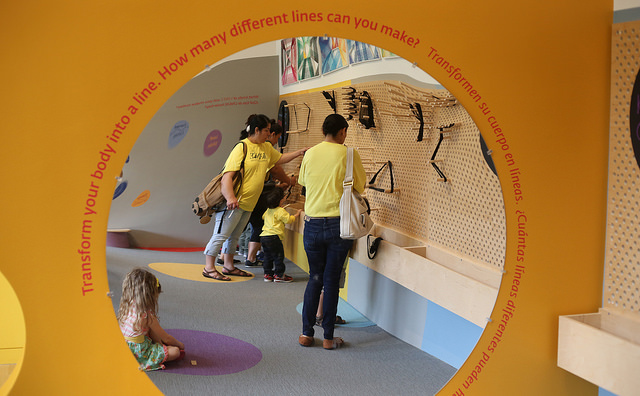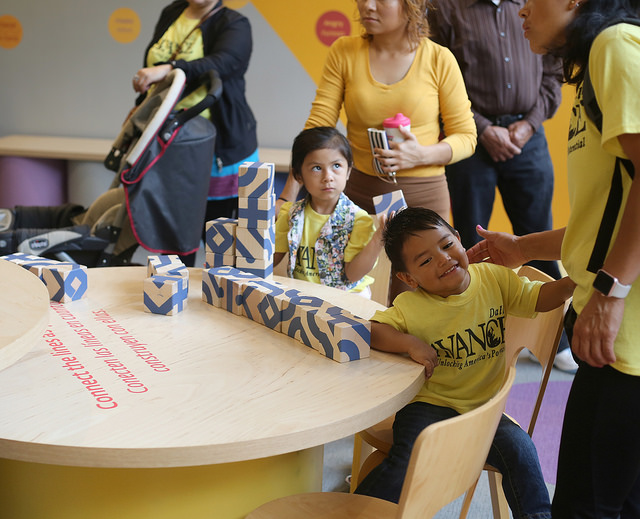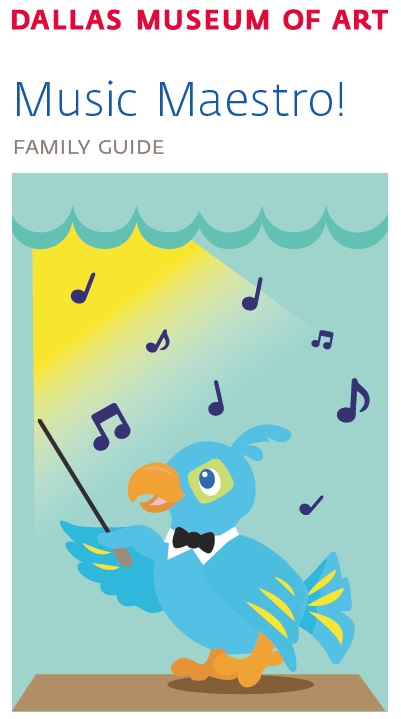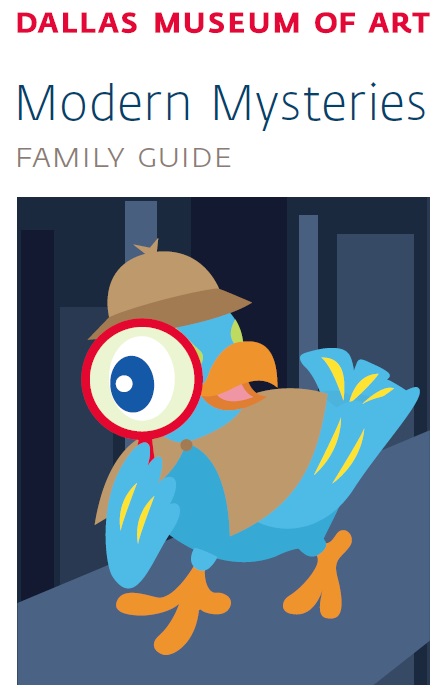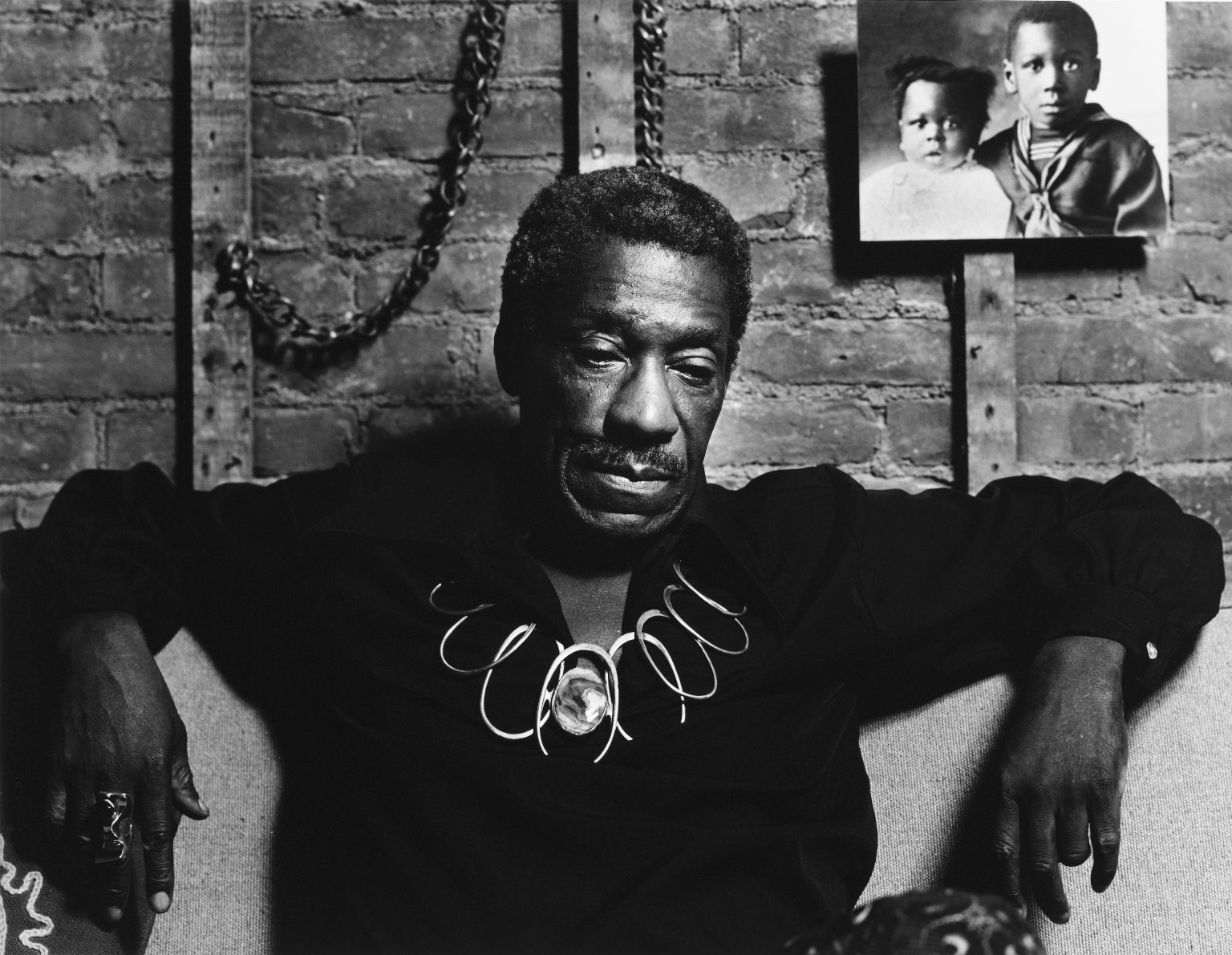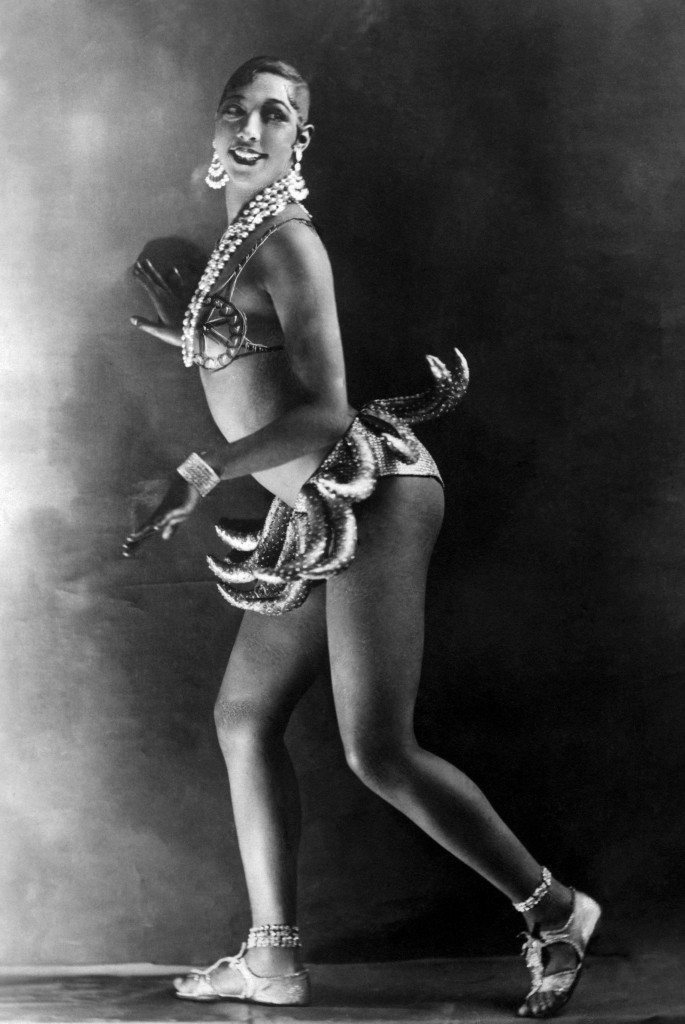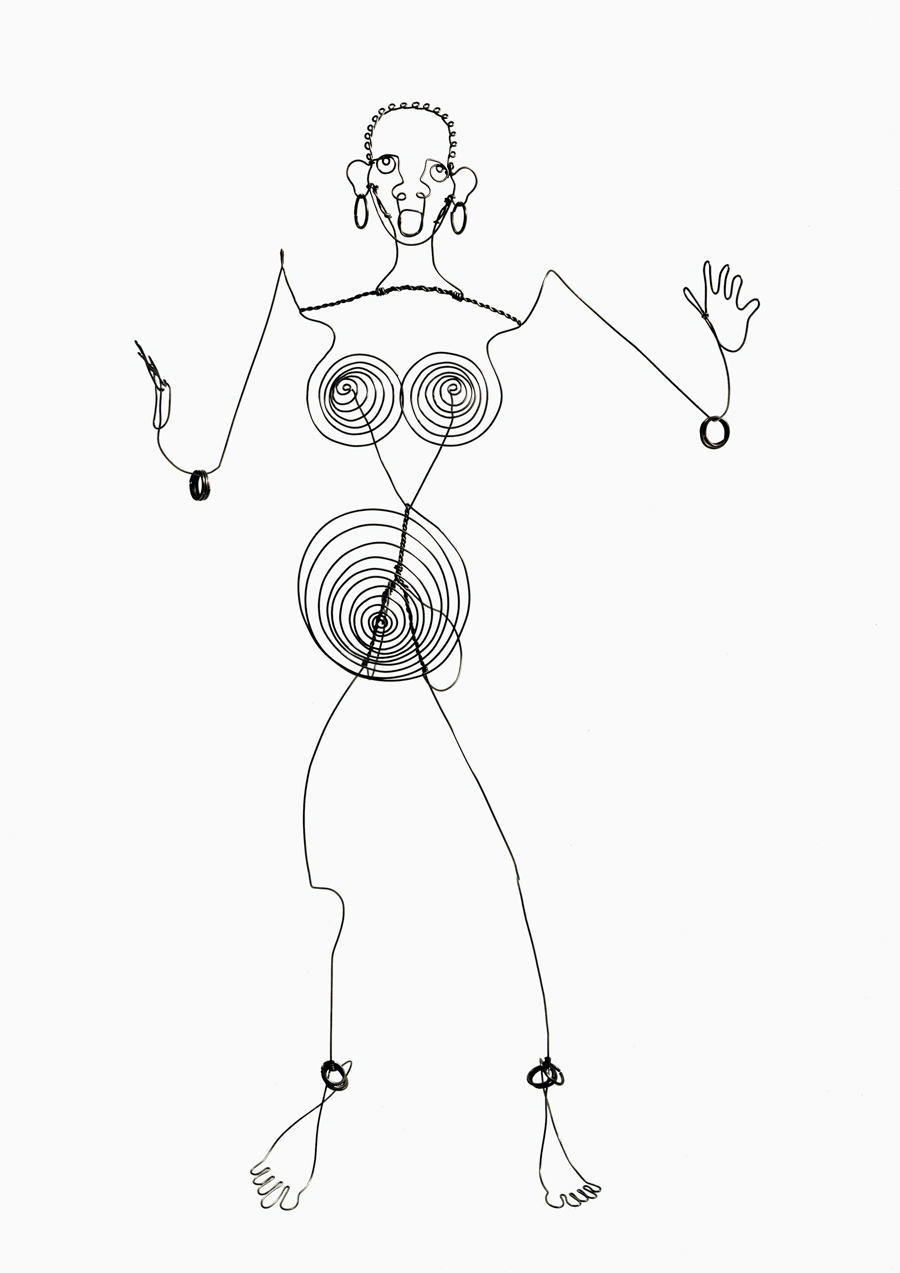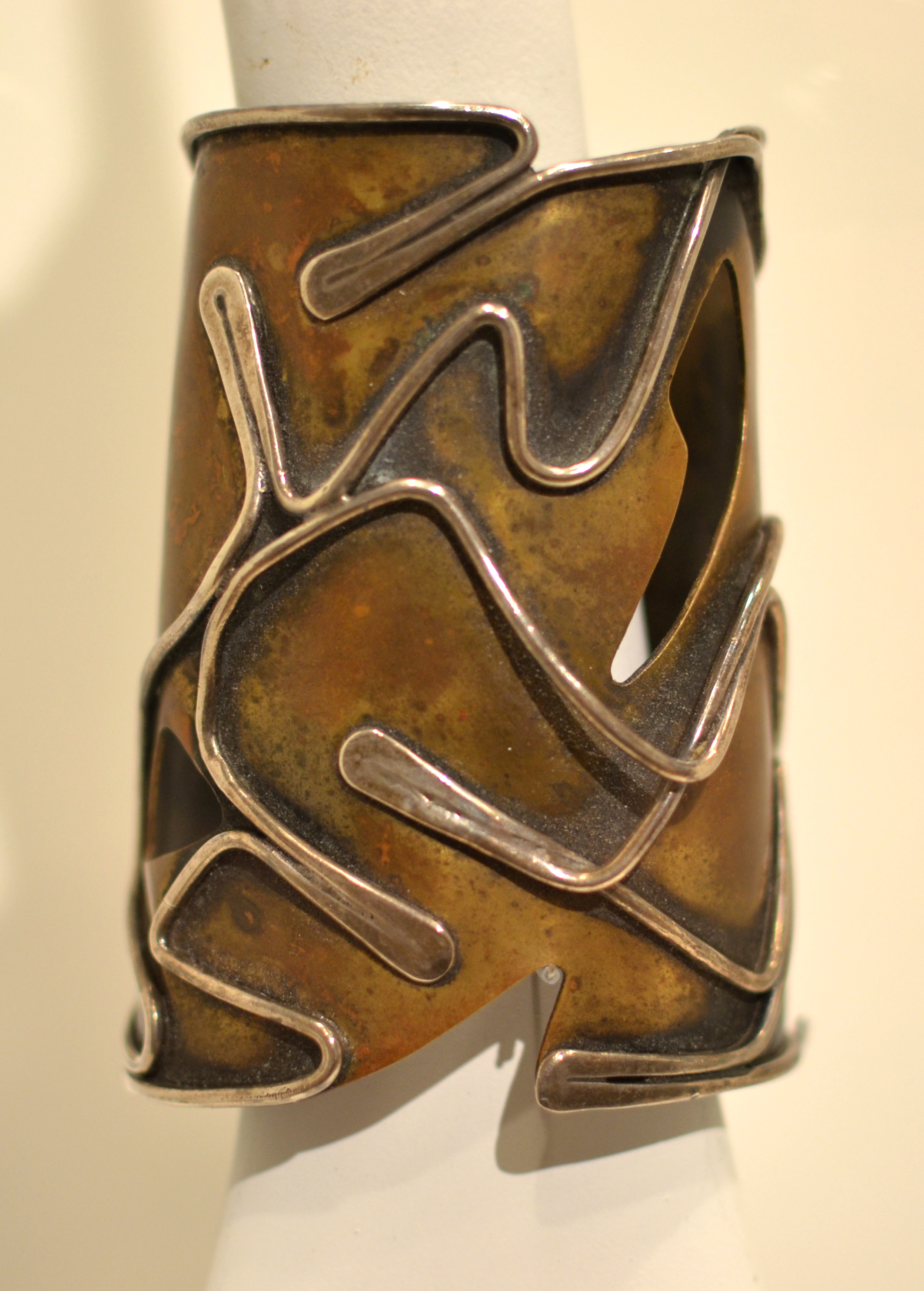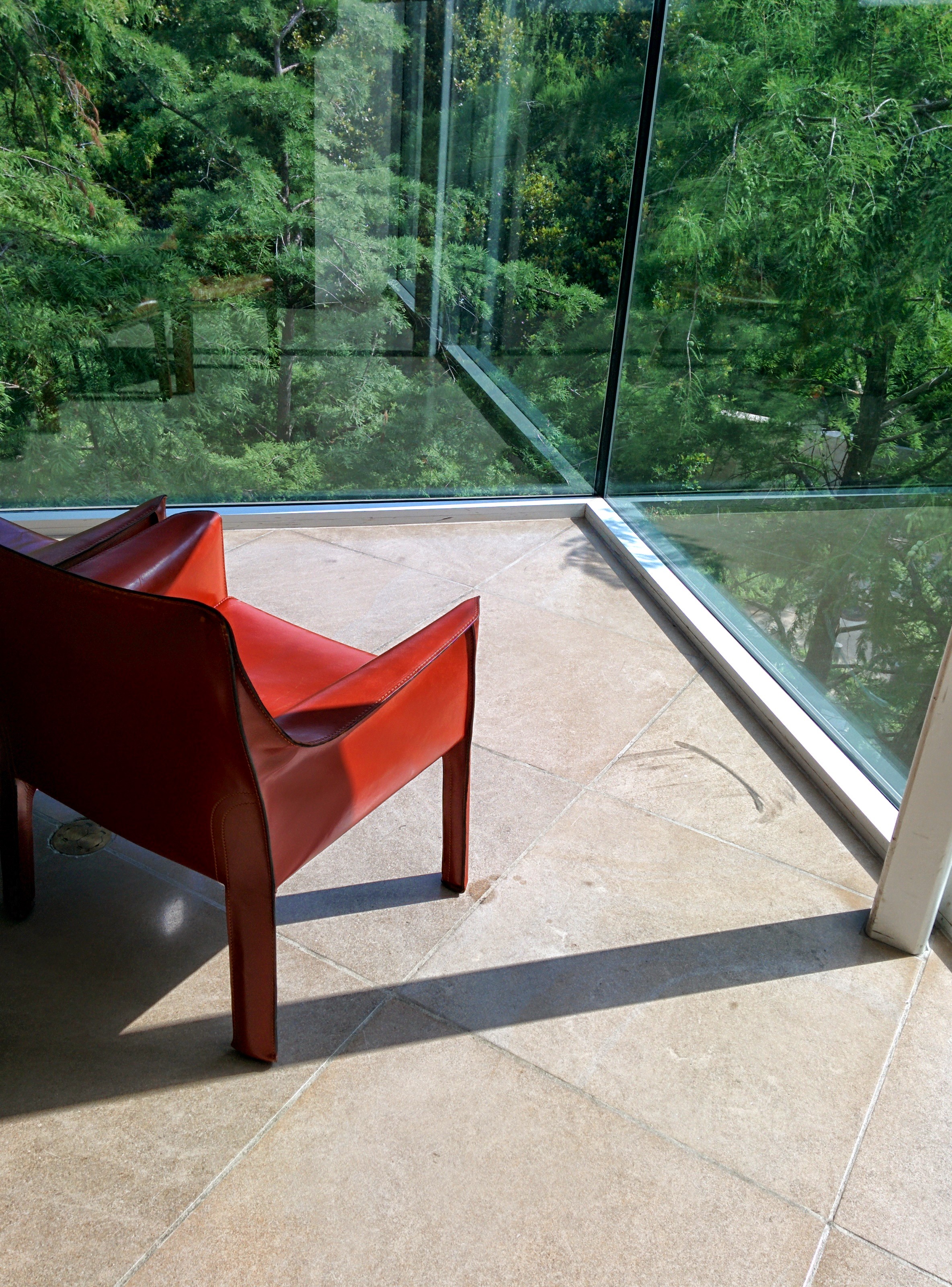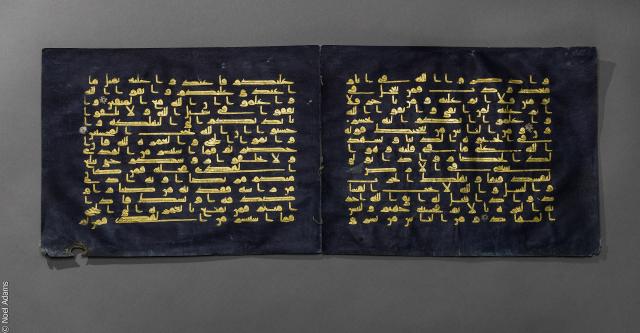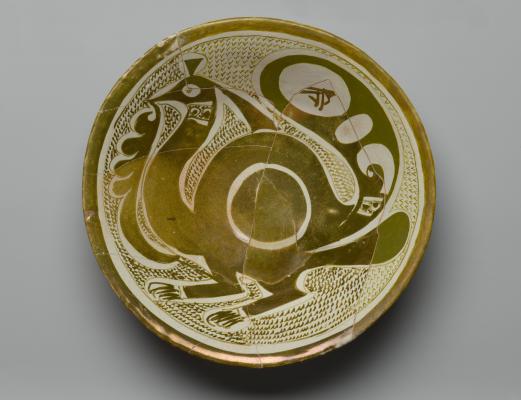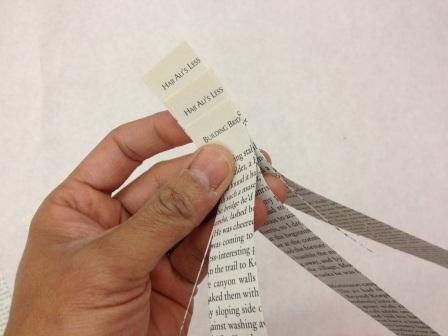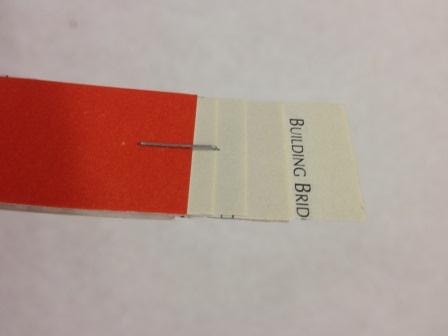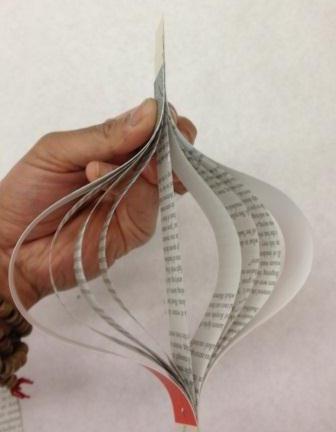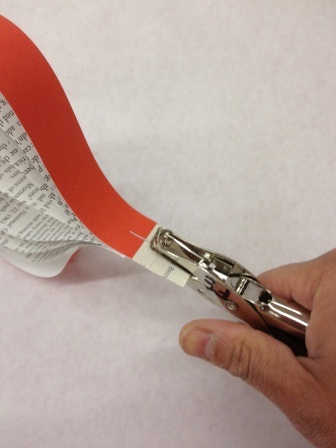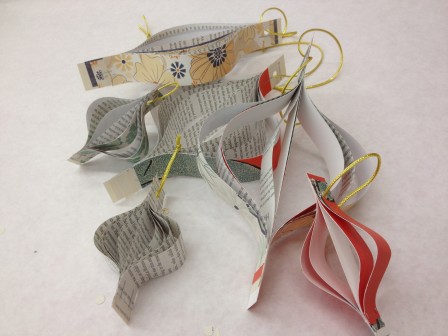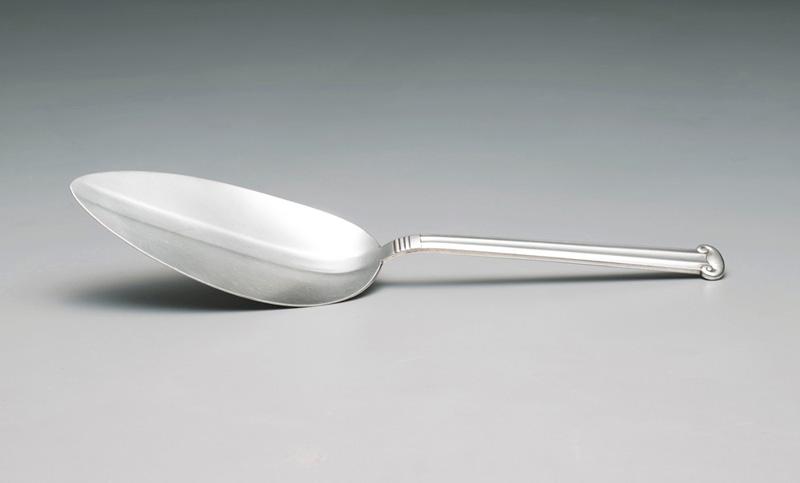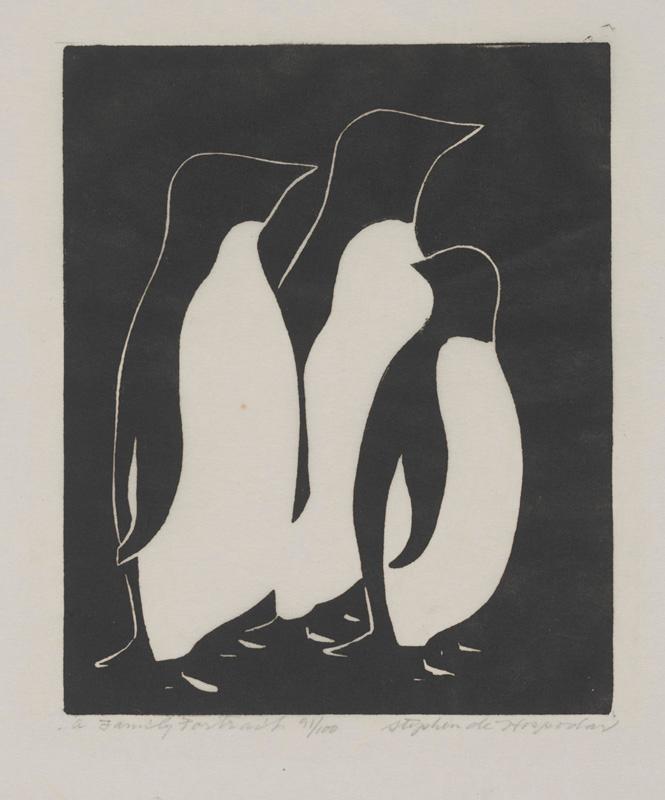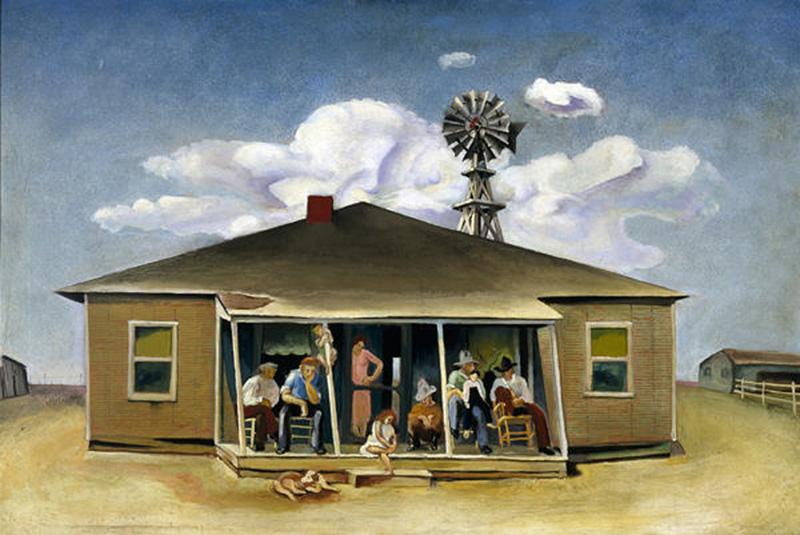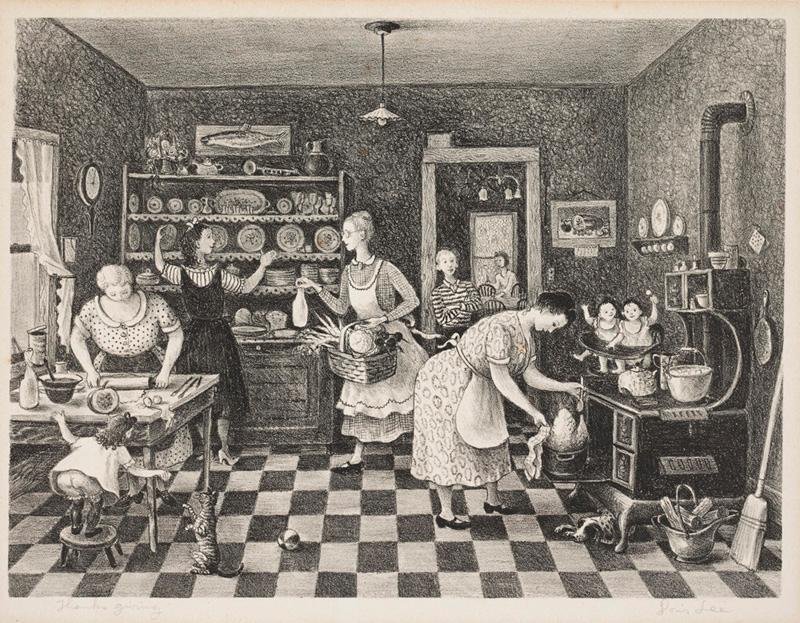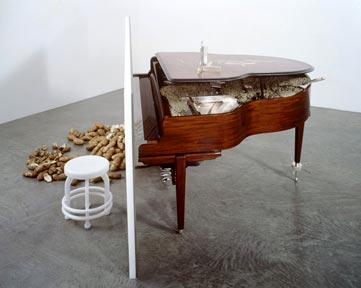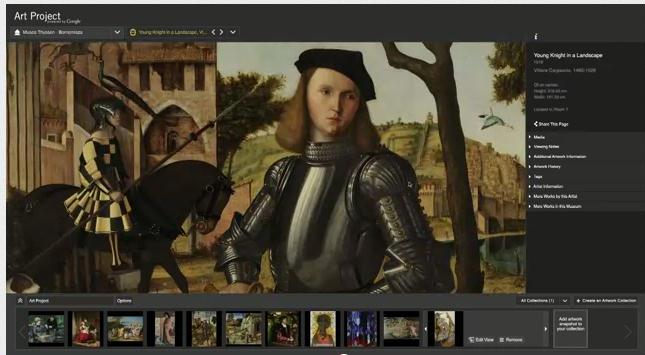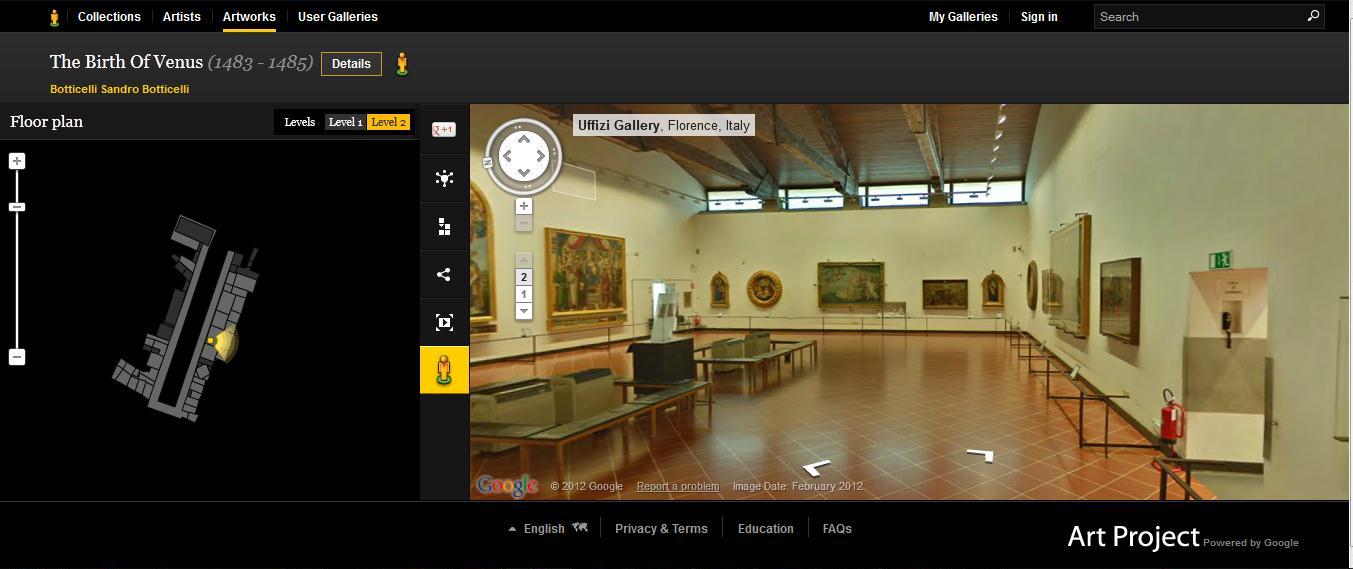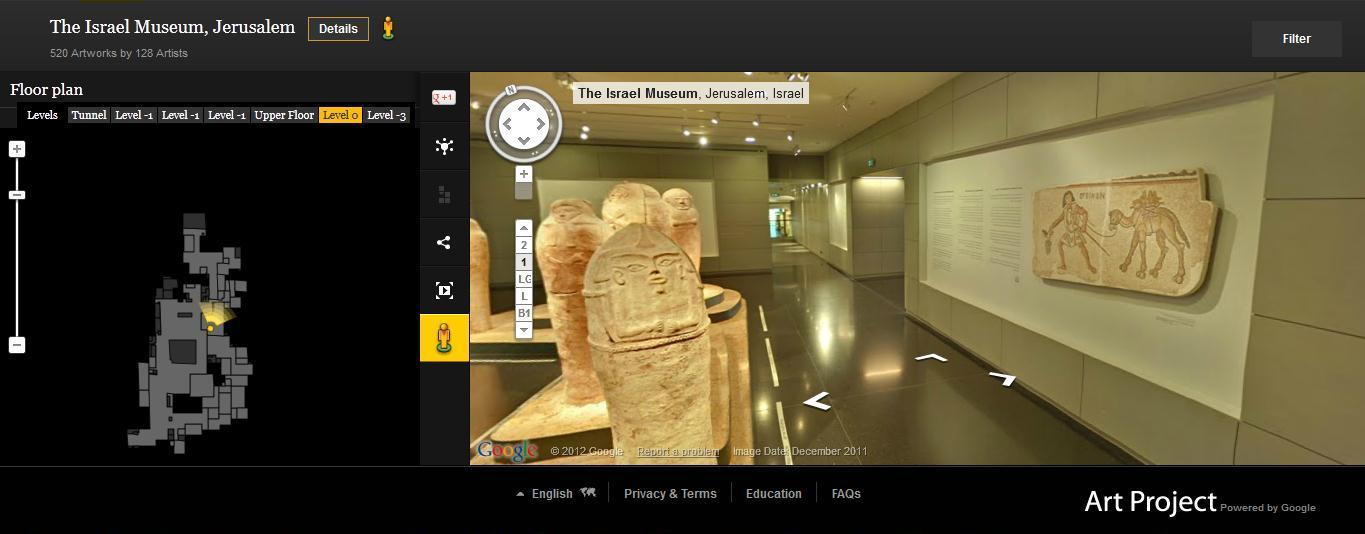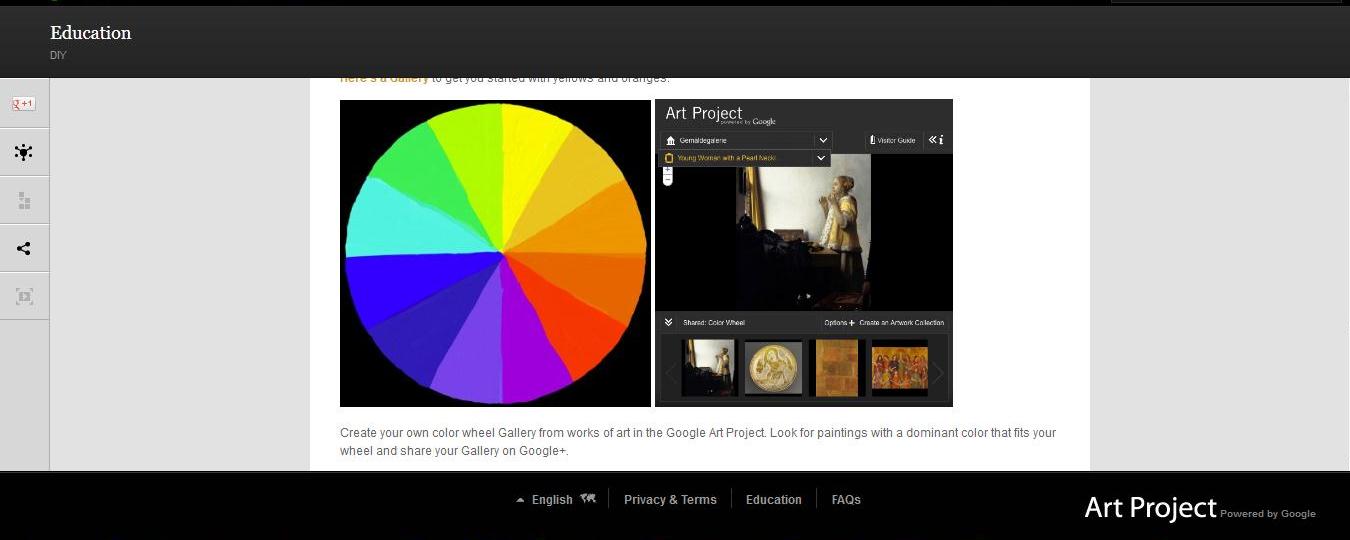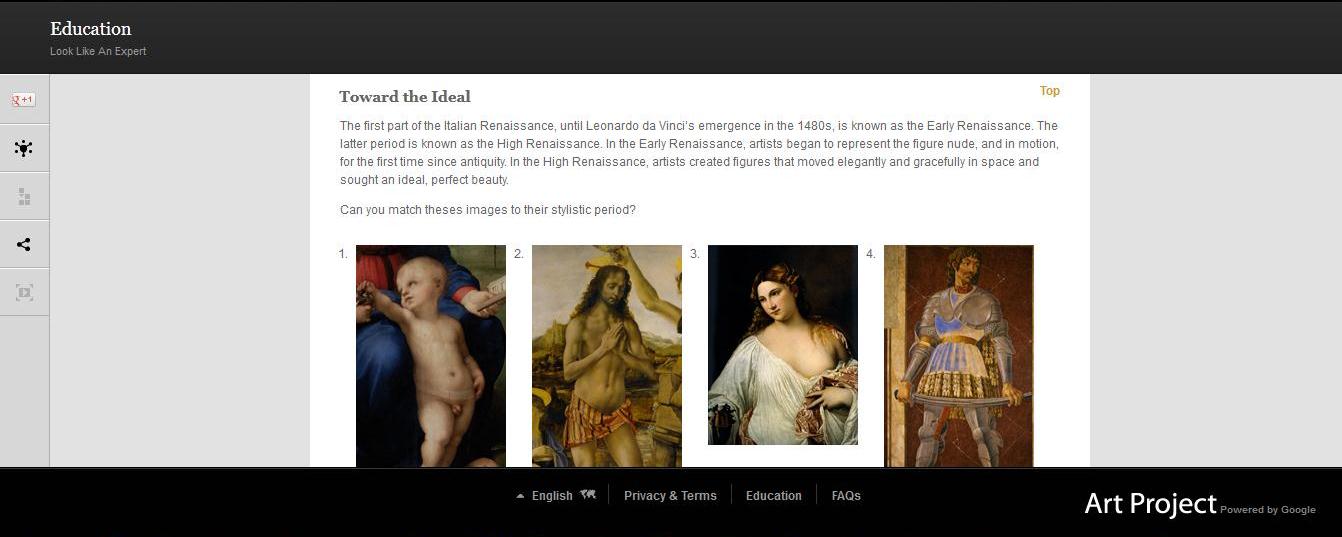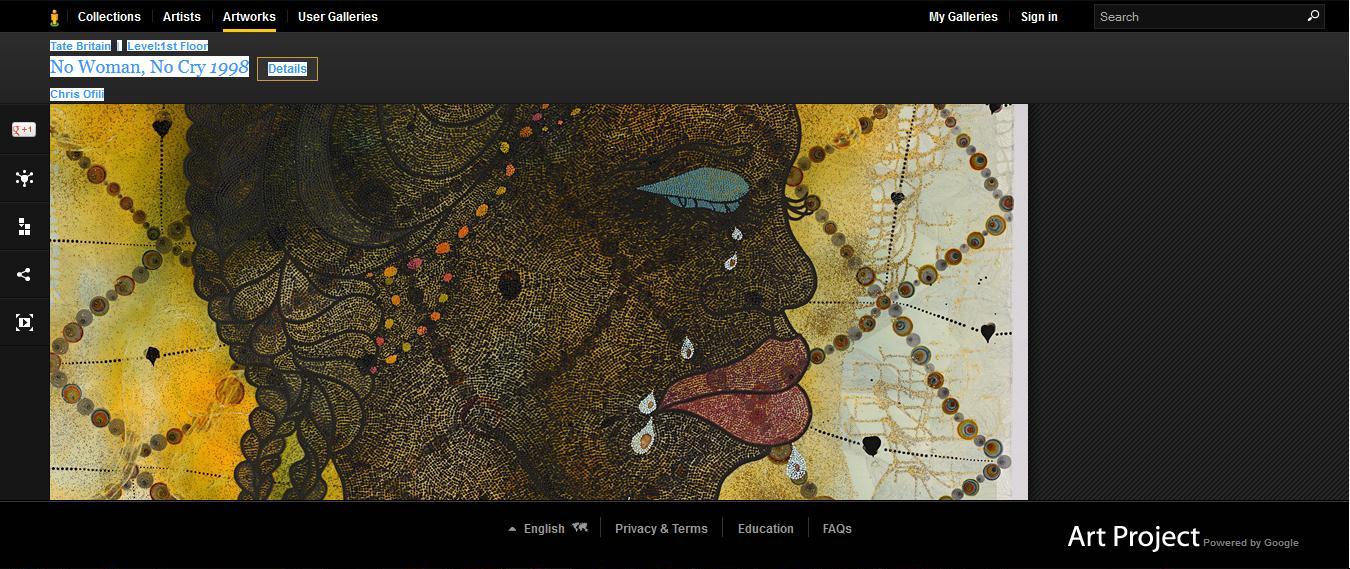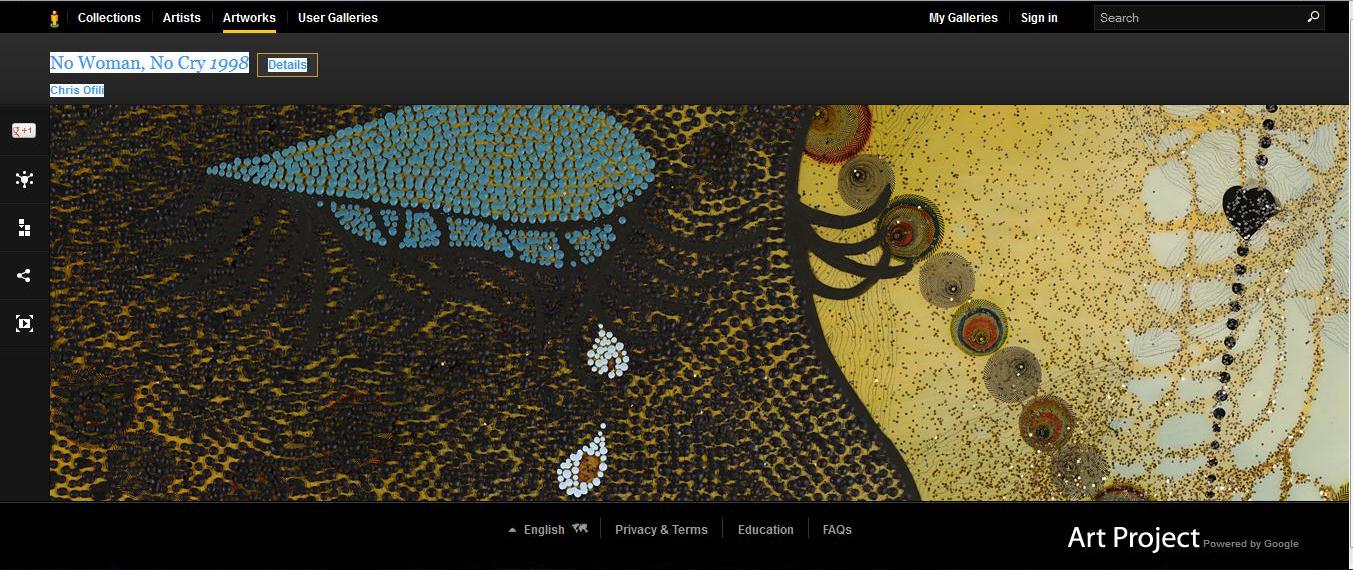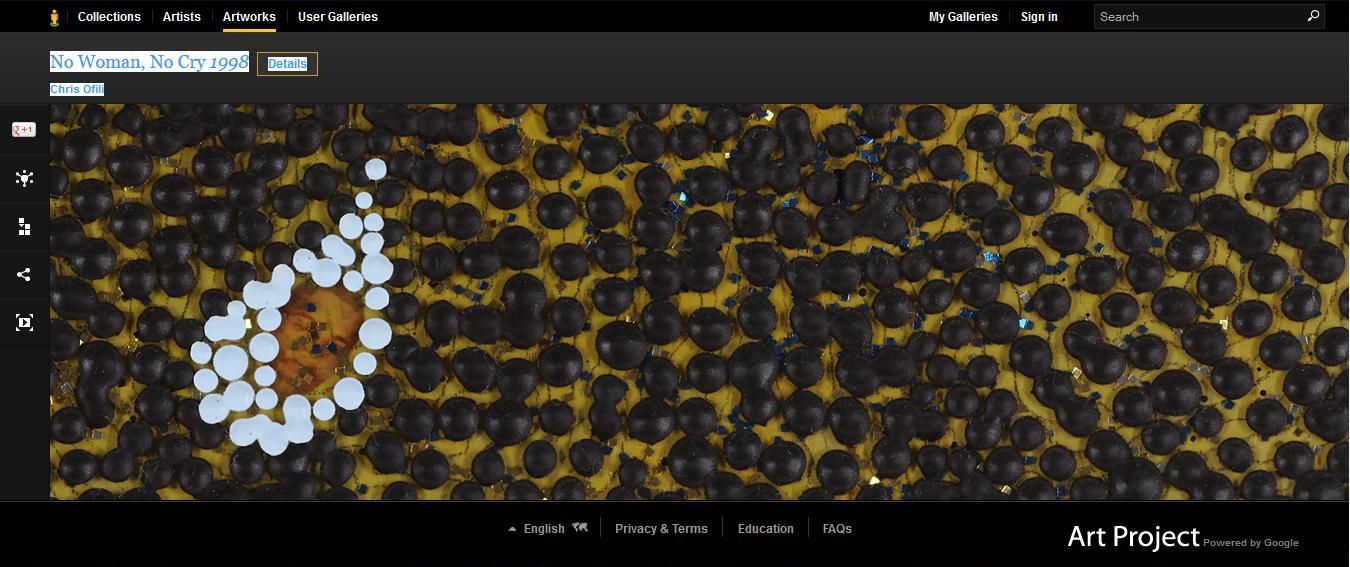This week, the Center for Creative Connections installed an array of communication devices dating from 1909 to 1972. These objects demonstrate the dramatic change communication has undergone over the past century: devices have decreased in size to become more portable, while our ability to communicate with each other has become more immediate.
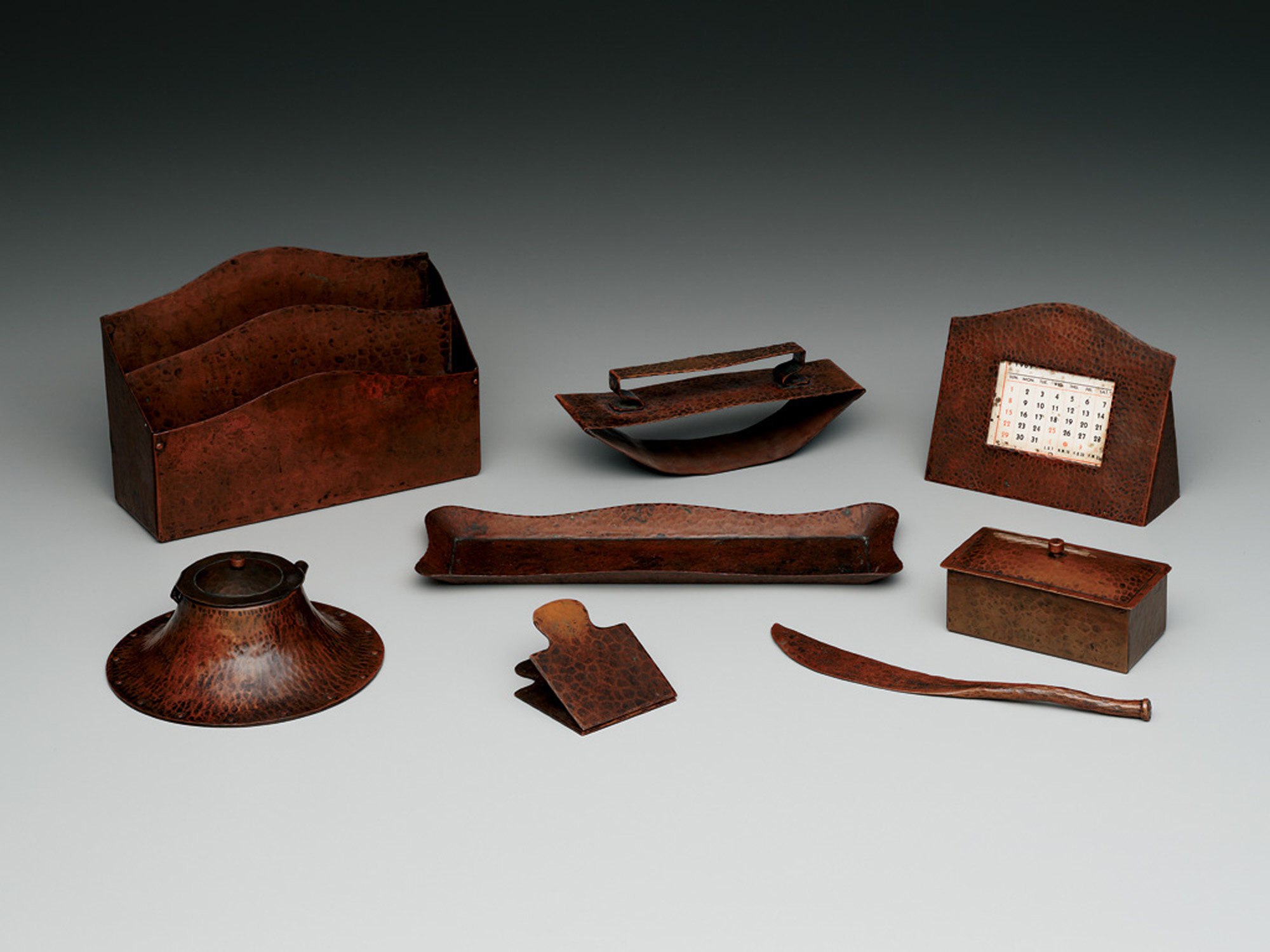
Before texts and tweets, messages were sent and received by post or telegraph. Imagine sitting at a desk in the early 1900s and using these beautifully designed, handcrafted tools. Perhaps you are opening an envelope or dipping your pen in an inkwell to compose a letter to a dear friend. “Snail mail” would have been the only way to correspond with your out-of-town friends and family. According to the U.S. Postal Service, from 1926 to 2001, the number of items mailed steadily increased from 15 million to 103 million. However, this number had decreased to 62 billion by 2015. Today, instead of waiting days to send and receive a letter, we can simply send a quick text or email that arrives in mere seconds.
One of the first cameras to be marketed to women, the Kodak Petite was produced from 1929-1933. It was sold in a handful of colors and its small lightweight design made it easily portable. Today, anyone with a smartphone has access to camera at all times. It’s interesting to note that when the Kodak Petite is closed, it is roughly the size of a modern day smartphone.
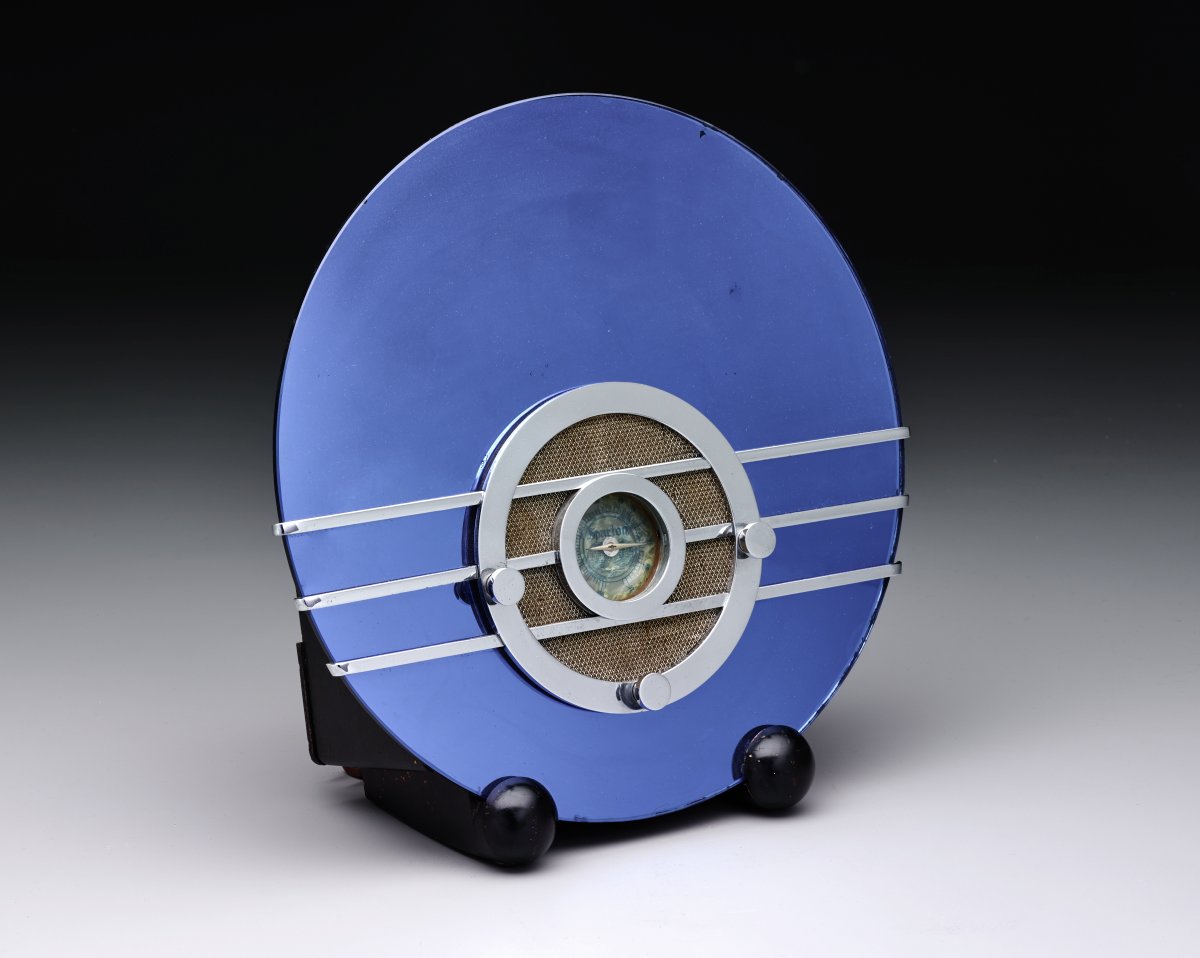
Until the birth of radio and television in the 1920s, information, news, and entertainment were dispersed to the masses through printed materials like newspapers. This 1930’s Bluebird is a small personal radio, similar in color and design to the larger Nocturne radio in the Museum’s collection. Though this elegant radio may have been outside the budget of most living through The Great Depression, the medium itself remained an important aspect of everyday life in the early 20th century. The way we listen to music has certainly changed today. Instead of waiting for our favorite song to come on the radio, we have access to podcasts and programs like Spotify, which make listening to shows and songs possible practically anytime.
The Ericofon was the 1950s version of an all-in-one device. This one-piece phone combined the once separate dialing component with the listening/speaking component. At the time, it’s thirteen ounce weight was a huge improvement on the typical five or six pound telephone.
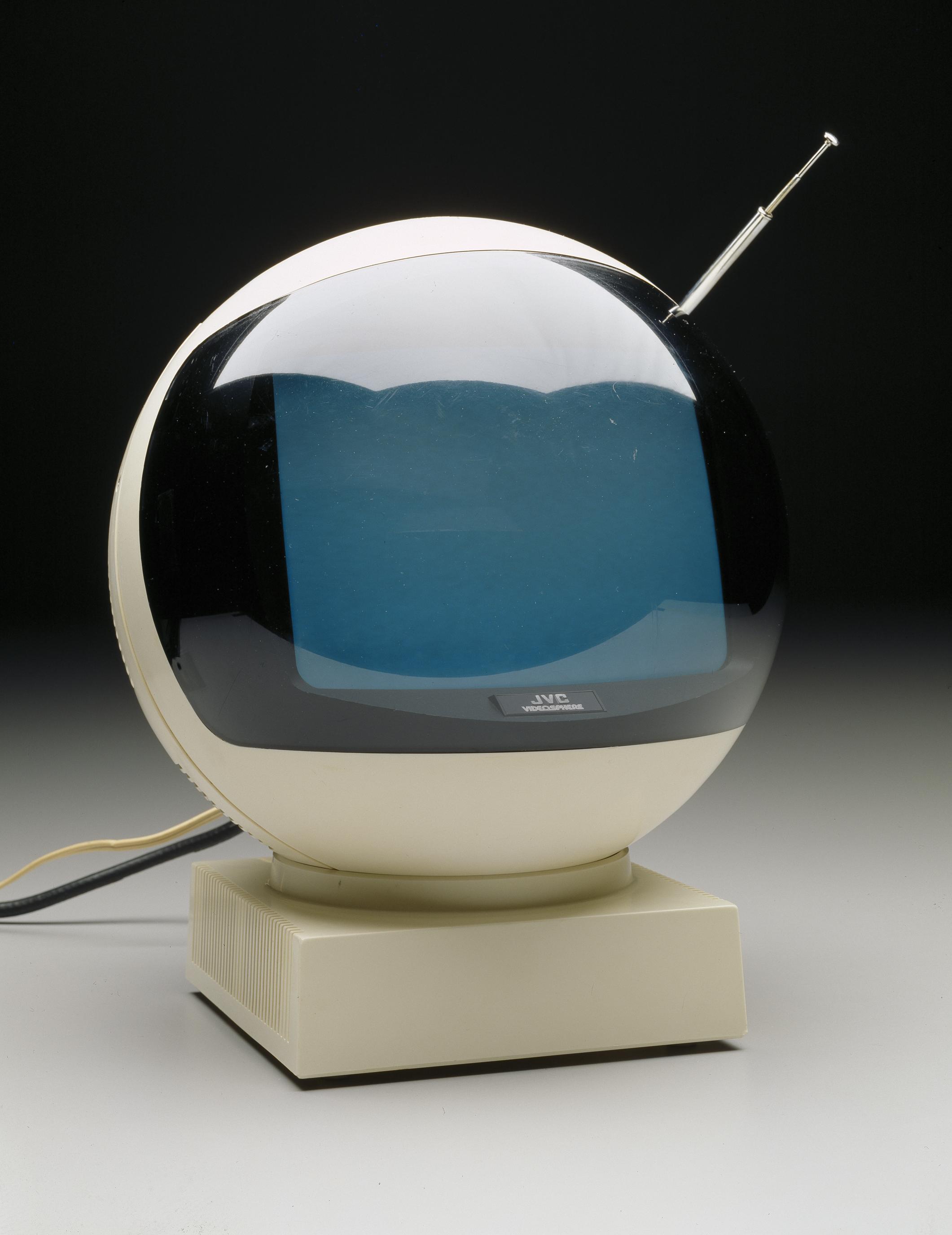
Reminiscent of an astronaut’s helmet, the JVC Videosphere’s spherical design came on the heels of the first moon landing–doubly significant because the landing was televised. The Videosphere was one of the first televisions meant to function as “a second set” for a household. Its small size also indicates that it was designed for use by an individual rather than a group.
Perhaps what is most striking about all of these devices is that each of these modes of communication is readily available today in one small, handheld device. Stop by the Center for Creative Connections to see these works of art in person and consider how communication has changed in your lifetime.
Artworks shown:
- Gustav Stickley, Desk set, c. 1909, Dallas Museum of Art, gift of Beth Cathers and Robert Kaplan
- Walter Dorwin Teague, “Kodak petite” camera, designed c. 1927, Dallas Museum of Art, gift of David T. Owsley
- Walter Dorwin Teague, Bluebird radio (Model 566), designed c. 1934, Dallas Museum of Art, bequest of Sonny Burt, Dallas
- “Ericofon” pattern telephone, Telefonaktiebolaget L M Ericsson, designed 1949–1954, Dallas Museum of Art, 20th-Century Design Fund
- “JVC Videosphere” television, Victor Company of Japan, designed 1972, Dallas Museum of Art, 20th-Century Design Fund
Jessica Fuentes
Manager of Gallery Interpretation and the Center for Creative Connections
